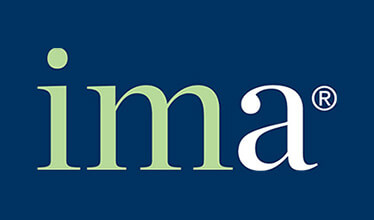While 2021 ushered in with hopes of a better tomorrow, the ongoing second wave has hit us with greater ferocity. In an environment of challenges and uncertainty, many have lost their jobs, some incurred pay cuts, and businesses have dissolved making it a testing time for India Inc. As we learnt to live in the new normal, people pinned hopes on better financial stability this year as compared to last year. According to Deloitte Touché Tohmatsu India LLP survey, 92% of companies in India will give an increment in 2021 compared to 60% in 2020. While some experts suggest deferring appraisals until the pandemic is over, others strongly recommend giving a raise to their employees.
As we recover from a global health crisis, the appraisal program this year will have to take some salient points into consideration to ensure that it is fair. As leaders are embracing and learning the workings of the new normal, here are important things that the senior management should keep in mind while restructuring their appraisal program.
Revamping the Parameters
What metrics does your organization use to determine employee increments? At this time of crisis, as everyone is trying to wade through troubled waters, a generic performance management system to gauge all employees similarly will be unfair. For example, with work from home becoming the new normal, our schedules have been tweaked to accommodate different needs. Hence, HR managers should look at revamping the existing system to accommodate individual goals with a holistic perspective and then decide on realistic goals for an employee to achieve.
Cutting the bias
Across the board, women have opted to work from home to support their children, most of whom are also managing virtual schooling and in support of their domestic fronts. While it has not affected their productivity, it may lead one to harbour biases towards employees who are physically present in the office while doing the appraisals. During the pandemic as remote working has been the primary choice, the challenges faced by those who worked from home were cut off. In these changing times, it is imperative that we reward quality work and not let prejudices manage our systems.
Rethinking the process
The process of performance analysis takes various steps into consideration to measure an employee’s productivity. With remote working being the norm, the evaluation process should be cut short to what has been achieved and the goals for future.
Sewn well with the hybrid workplace
As hybrid workplace culture is rapidly gaining pace, leaders have started to work on company policies to ensure all opportunities and challenges that are part of this change are being addressed. In this scenario, employees may come to the office for a few days and work from home for rest. Policies should be tailor-made to ensure employee productivity while increasing engagement levels. For example, measuring productivity on the basis of work finished at the end of the week versus work completed daily.
Gratitude, purpose & meritocracy
As organizations balance between productivity and security of employees, the meritocracy of employees should not be compromised. These unprecedented times call for gratitude, gratitude for the path, those leading the path, those walking the path, and for where it is leading us. Alignment towards a purpose and the resolve to work towards a common end- goal is called for.
A customized performance management not only ensures that appraisals are not inequitable but they also ensure individualized and realistic goal setting as we recover from the pandemic. Compensation should be given keeping in mind the morale of employees while keeping company’s future turnover in mind. As the HR department revisits the approach, it must be innovative and resilient, with a purpose to take everyone forward in the journey. After all, a journey of a thousand miles begins with a single step and the best is yet to come.
The world has quickly taught us how closely (corporate) prosperity is intertwined with (employee) health and safety.











